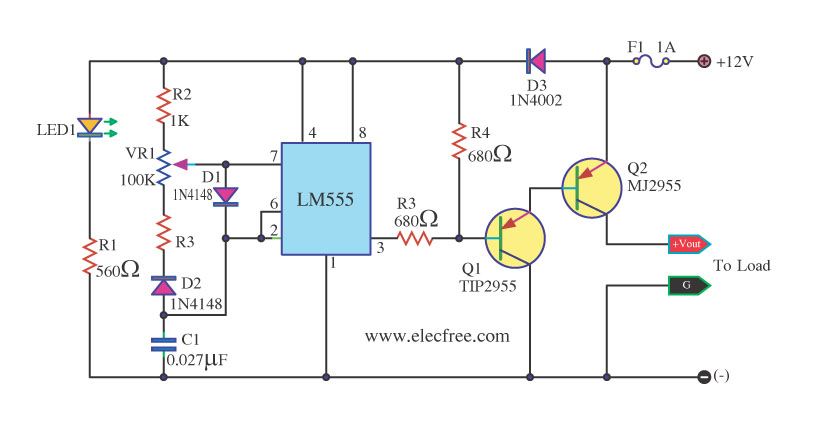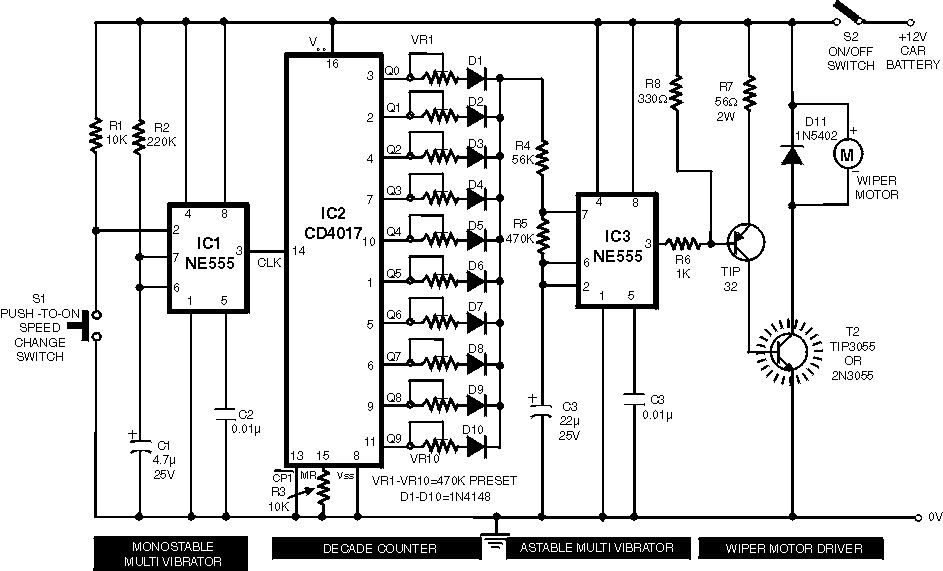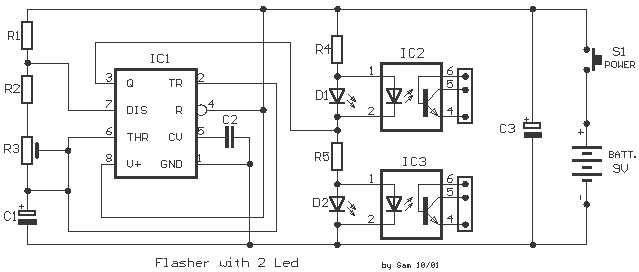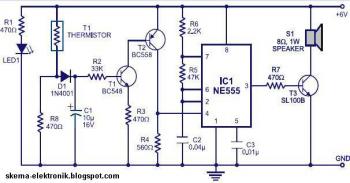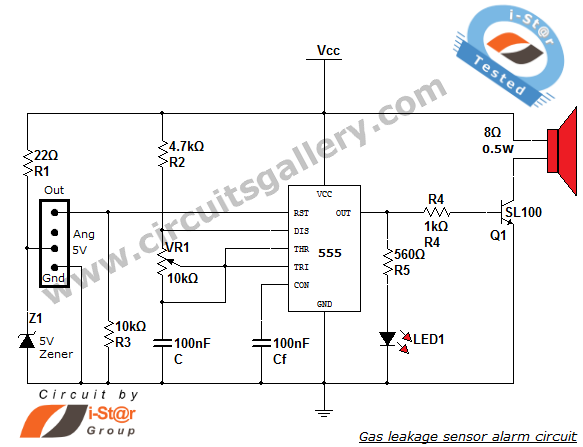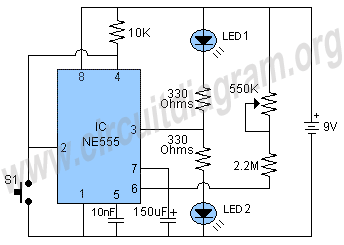
555 Am TransmitterCircuits
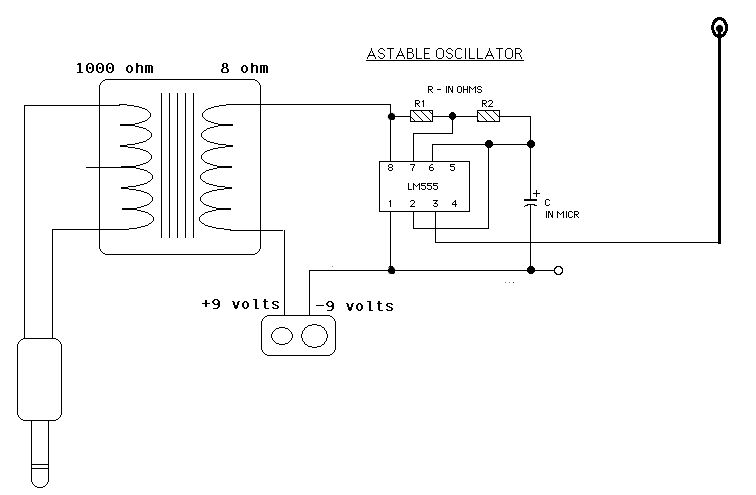
Two ICM7555 CMOS 555 timers are available, and there is an inquiry about effective AM radio transmitter circuits that utilize one or both of these timers.
The ICM7555 is a low-power CMOS version of the classic 555 timer, which can be configured in various modes including astable, monostable, and bistable operations. In the context of an AM radio transmitter, the 555 timer can be used to generate a modulated signal suitable for transmission.
A typical AM radio transmitter circuit using a 555 timer consists of several key components: the 555 timer itself, an oscillator circuit, a modulating signal input (which could be audio), and an output stage that includes an RF amplifier and an antenna.
For a simple AM transmitter using a single ICM7555, the timer can be configured in astable mode to generate a carrier frequency. The frequency can be set by selecting appropriate resistor and capacitor values connected to the 555 timer. The output from the timer can be fed into a transistor amplifier stage, which increases the power of the signal to drive an antenna for transmission.
If utilizing two ICM7555 timers, one can serve as the modulator while the other functions as the oscillator. The first timer generates the carrier wave, and the second timer can modulate this signal with an audio input. The modulated output can then be amplified and transmitted via an antenna.
It is essential to ensure that the output frequency falls within the AM radio band (typically 530 kHz to 1700 kHz) for proper reception. The circuit should also include appropriate filtering to eliminate unwanted harmonics and ensure a clean signal is transmitted.
When designing the circuit, attention must be paid to power supply decoupling, component ratings, and antenna matching to optimize performance and ensure compliance with local regulations regarding radio frequency transmissions.I have two ICM7555 CMOS 555 timers, and I was wondering if anyone has any good am radio transmitter circuits that incorporate two (or one!) 555 timers.. 🔗 External reference
The ICM7555 is a low-power CMOS version of the classic 555 timer, which can be configured in various modes including astable, monostable, and bistable operations. In the context of an AM radio transmitter, the 555 timer can be used to generate a modulated signal suitable for transmission.
A typical AM radio transmitter circuit using a 555 timer consists of several key components: the 555 timer itself, an oscillator circuit, a modulating signal input (which could be audio), and an output stage that includes an RF amplifier and an antenna.
For a simple AM transmitter using a single ICM7555, the timer can be configured in astable mode to generate a carrier frequency. The frequency can be set by selecting appropriate resistor and capacitor values connected to the 555 timer. The output from the timer can be fed into a transistor amplifier stage, which increases the power of the signal to drive an antenna for transmission.
If utilizing two ICM7555 timers, one can serve as the modulator while the other functions as the oscillator. The first timer generates the carrier wave, and the second timer can modulate this signal with an audio input. The modulated output can then be amplified and transmitted via an antenna.
It is essential to ensure that the output frequency falls within the AM radio band (typically 530 kHz to 1700 kHz) for proper reception. The circuit should also include appropriate filtering to eliminate unwanted harmonics and ensure a clean signal is transmitted.
When designing the circuit, attention must be paid to power supply decoupling, component ratings, and antenna matching to optimize performance and ensure compliance with local regulations regarding radio frequency transmissions.I have two ICM7555 CMOS 555 timers, and I was wondering if anyone has any good am radio transmitter circuits that incorporate two (or one!) 555 timers.. 🔗 External reference
